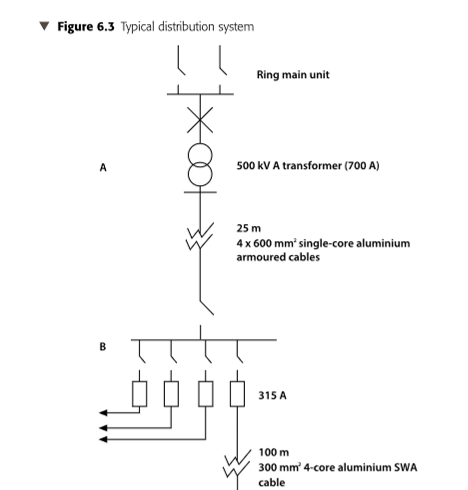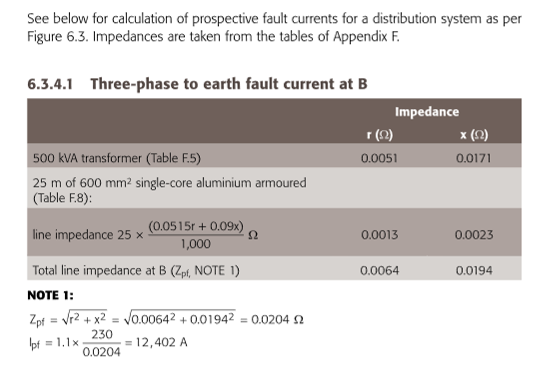Can anyone in the industrial world provide some recommendations for earth loop testers or multi function for accurately measuring very low impedances, close to transformer's or for utilising on circuits with MCCB's. I do not feel my older Megger 1741+ is particularly accurate. When I compare readings to a colleagues modern Metrel touch screen style multifunction tester the impedance readings he obtains are significantly lower. Thanks in advance Colin.



